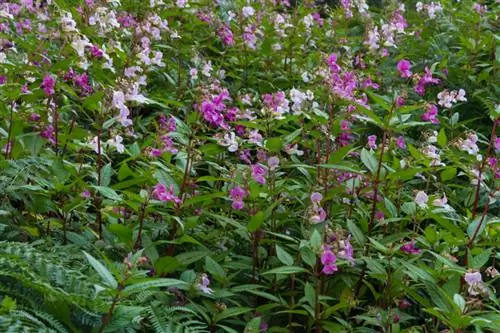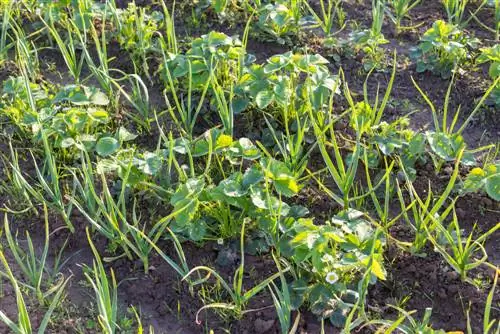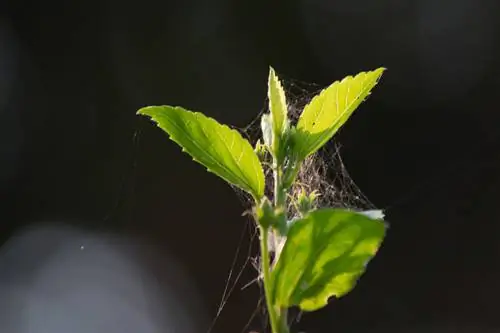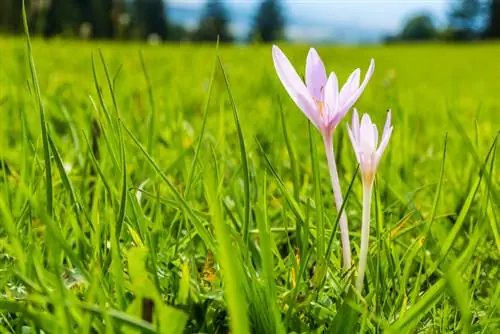- Author admin [email protected].
- Public 2023-12-16 16:46.
- Last modified 2025-06-01 06:02.
Dandelion, chickweed, groundweed and nettle - they are all known as weeds to most gardeners. The glandular balsam, also known as Indian balsam, is best known to those gardeners who already know it as an intruder in their own garden.
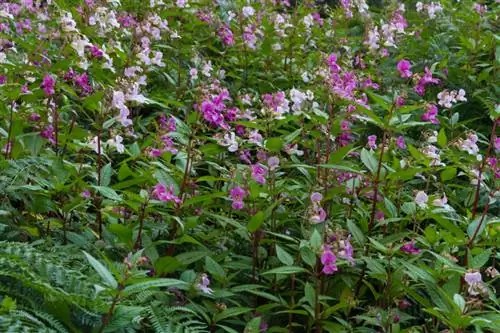
How to control and use jewelweed weeds?
Glandular balsam is an invasive weed that crowds out native plants. It can be controlled by removing all shoots and roots, destroying plants before flowering and preventing self-seeding. Seeds and flowers are edible, while raw leaves and stems should be avoided.
A harmless exterior
On the outside, balsam seems completely harmless. It grows up to 2 m high in optimal locations. Its long stems, which branch profusely at the end, are tinged with red. Their attached leaves are green and jagged at the edges.
From July to October, delicate pink flowers reminiscent of orchids emerge. They are the most characteristic features of this plant. The pharyngeal flowers, which grow together in clusters, have a sweet smell and attract insects. But the harmless appearance of the balsam is deceptive
A merciless neophyte inside
Anyone who gets too close to the glandular balsam when its capsule fruits are ripe must expect nasty projectiles. When touched, the capsules burst open explosively and shoot out their seeds. This doesn't hurt physically, but it does hurt the soul for many nature lovers and gardeners.
The reason: This jewelweed mercilessly displaces native plants. It spreads rapidly, deprives other plants of the sun and becomes dominant. In many places it is becoming a real nuisance and can be found in large numbers, especially on bank areas.
A single plant produces up to 2,000 seeds per year! This is enormous when you consider that these seeds remain viable for many years and germinate without any problems. They are spread up to 7 m when thrown out of the capsules. If there is a body of water in the immediate vicinity, they will be carried along
Get rid of these weeds
You can combat impatiens as follows:
- remove all sprouts
- remove larger plants including their roots
- destroy the plants before flowering
- Prevent self-sowing in any case
- Do not throw waste into the compost (the seeds survive there)
- never fertilize or water
Tip
This weed is poisonous and edible at the same time. They can eat its seeds and flowers. You should avoid eating its raw leaves and stems.

